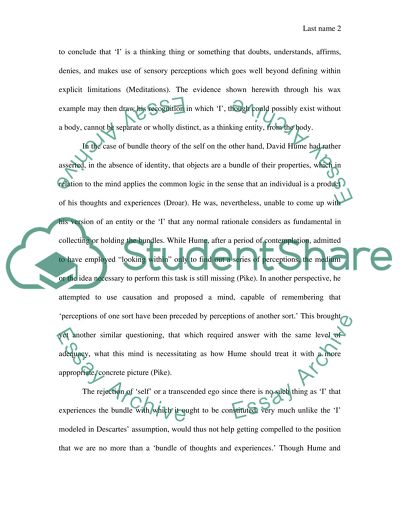2. The Semantics of 'I' Essay Example | Topics and Well Written Essays - 500 words. Retrieved from https://studentshare.org/miscellaneous/1567040-2-the-semantics-of-i
2. The Semantics of 'I' Essay Example | Topics and Well Written Essays - 500 Words. https://studentshare.org/miscellaneous/1567040-2-the-semantics-of-i.


